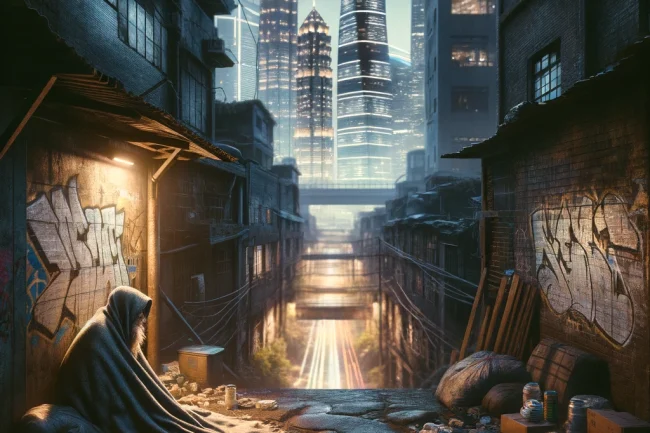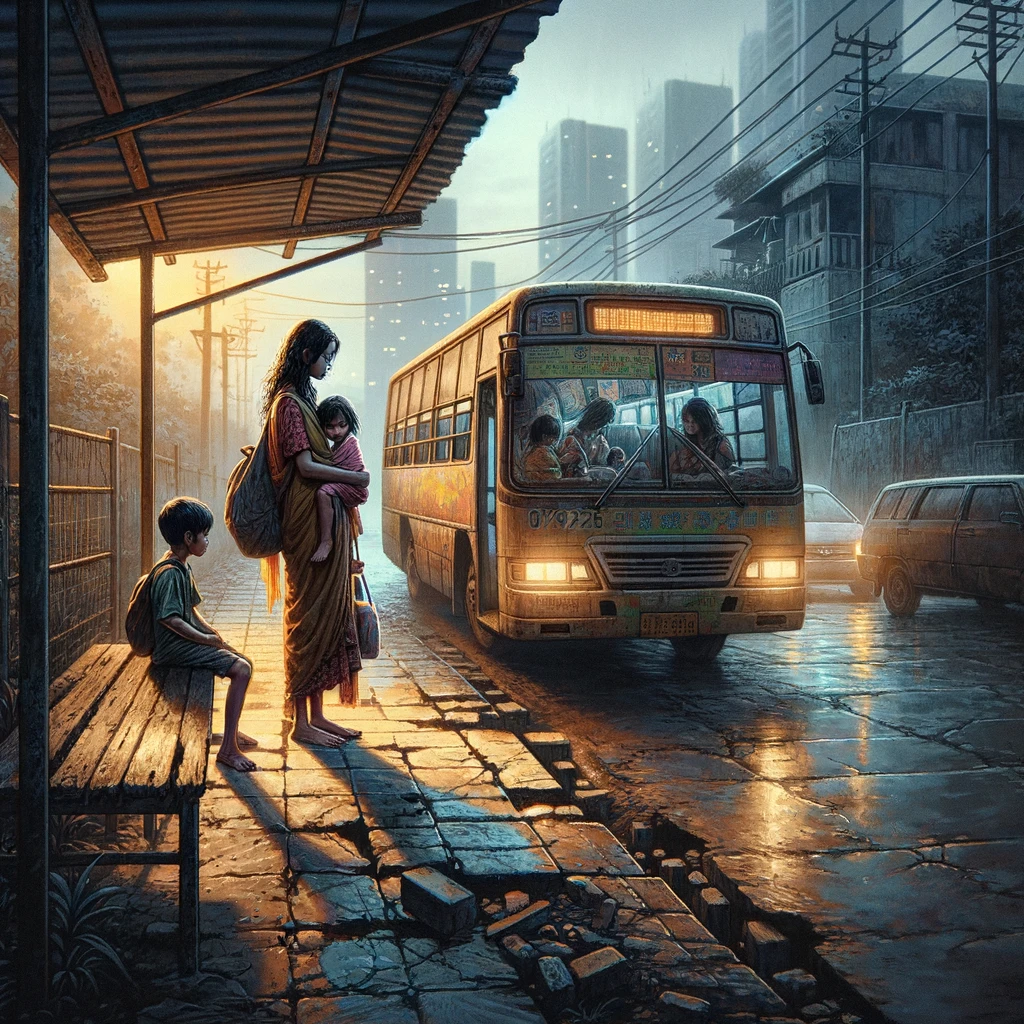
In the shadows of gleaming skyscrapers and affluent neighborhoods, a significant portion of society struggles with the harsh realities of living below the poverty line. This contrast is stark and often unacknowledged in daily discourse, yet it significantly impacts millions. This article delves into the seldom-discussed aspects of poverty within affluent societies, revealing the everyday challenges that go unnoticed by many.
1. Limited Access to Healthy Food
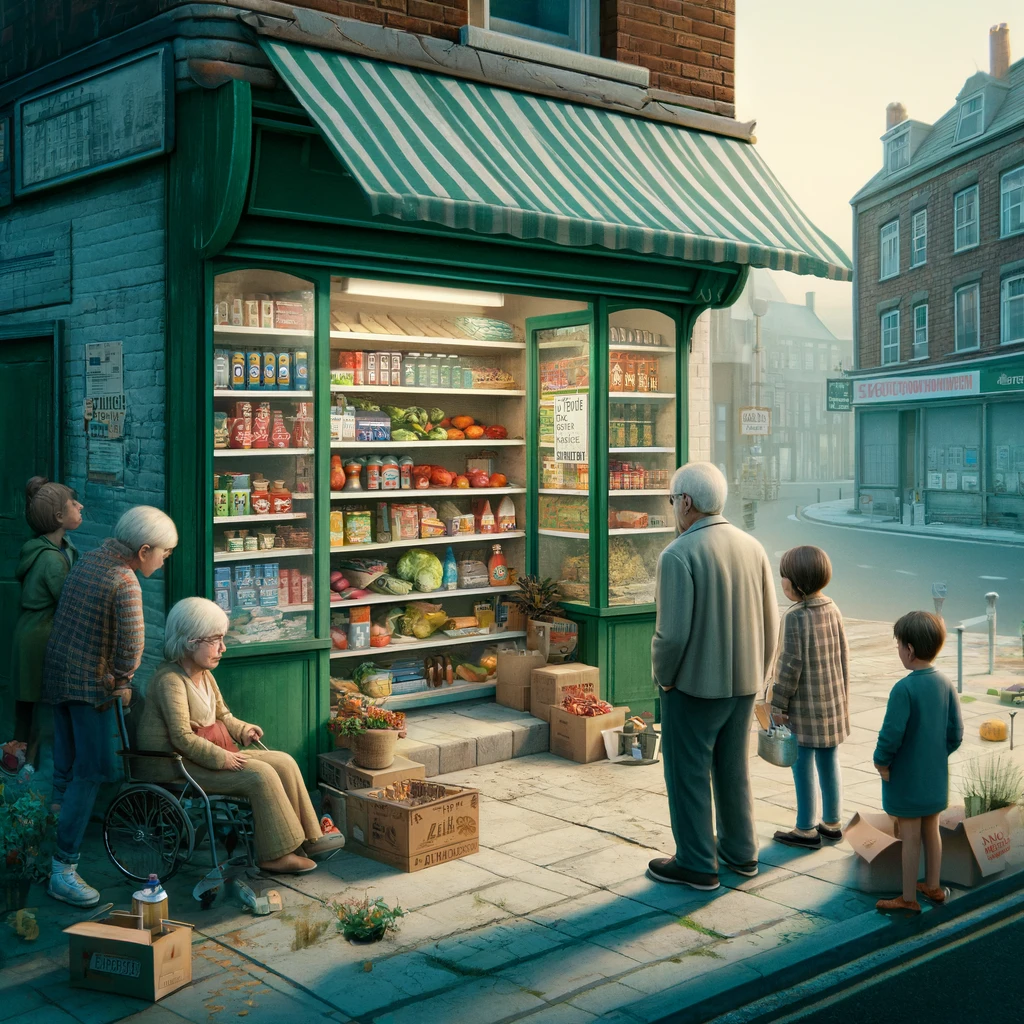
One of the most critical challenges faced by those living in poverty is the lack of access to nutritious and affordable food. In wealthy societies, organic and healthy foods are often available only at a premium, pushing them out of reach for low-income families. Instead, cheaper alternatives are typically processed foods with low nutritional value, contributing to health issues like obesity and diabetes.
2. The Digital Divide

In today’s digital age, being connected is essential for education, job hunting, and accessing government services. However, those below the poverty line often struggle with limited access to technology and high-speed internet. This digital divide not only isolates them from the digital economy but also hinders children’s education and adults’ ability to find employment.
3. Stigma and Social Isolation
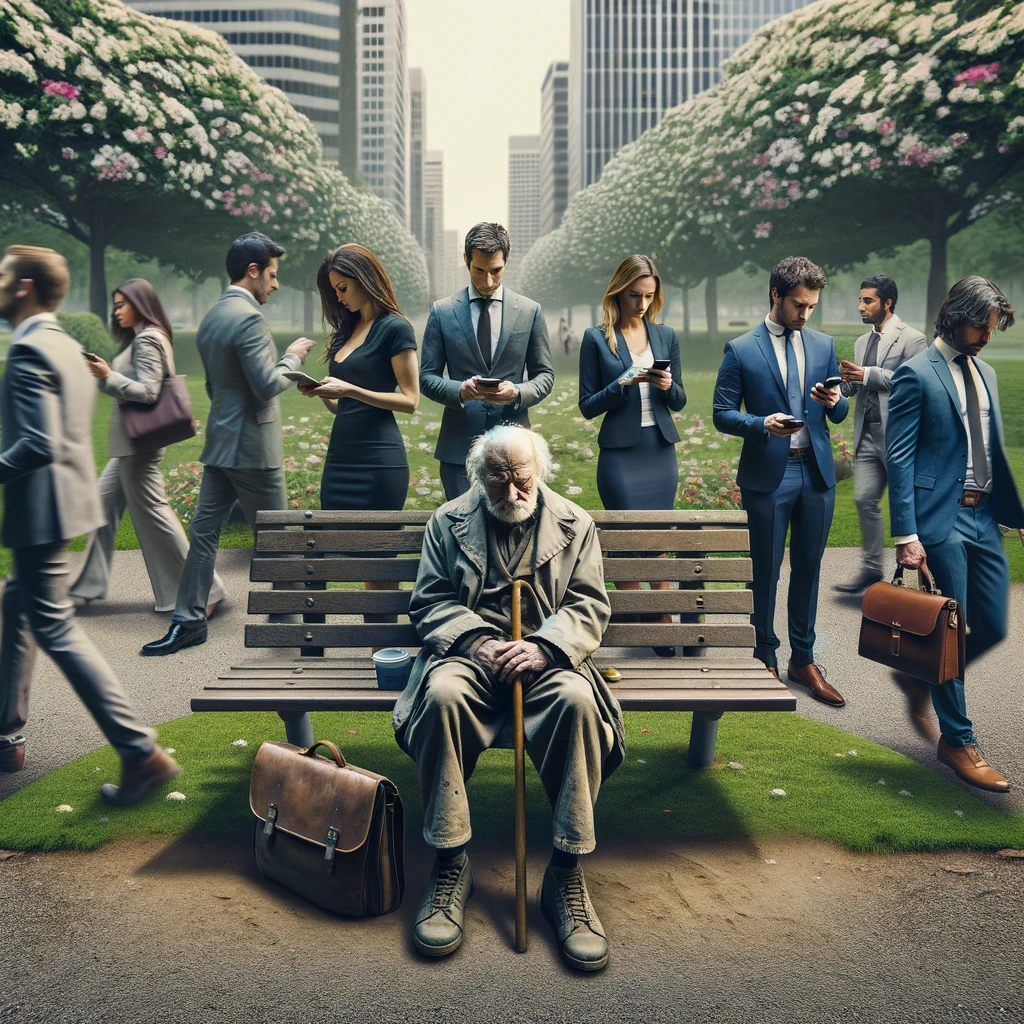
People living in poverty frequently face social stigma and isolation. Stereotypes and misconceptions about poverty can lead to prejudice and discrimination in social settings and professional environments. This social isolation can prevent individuals from networking, which is often crucial for finding job opportunities or social support.
4. Inadequate Housing Conditions

Housing instability is a pressing issue for the economically disadvantaged. Many live in overcrowded, poorly maintained, and unsafe housing conditions because that’s what is affordable. Issues like mold, inadequate heating, and infestations are common, which can lead to long-term health problems.
5. Healthcare Disparities
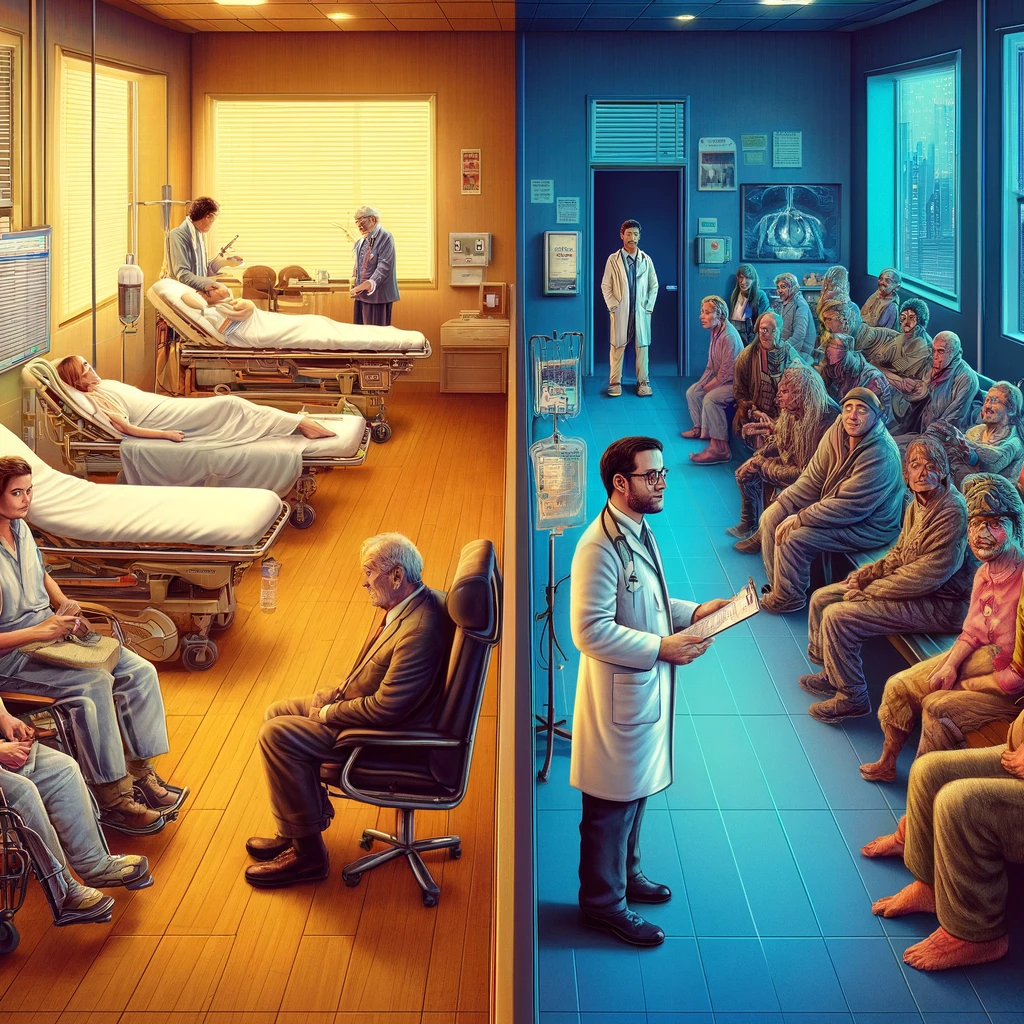
While affluent individuals often have multiple healthcare options, those living in poverty usually have limited access to medical services. High costs, lack of insurance, and transportation difficulties make it harder to seek timely medical care. This disparity leads to worse health outcomes for the poor, who often delay treatment until emergency care is needed.
6. Compromised Educational Opportunities
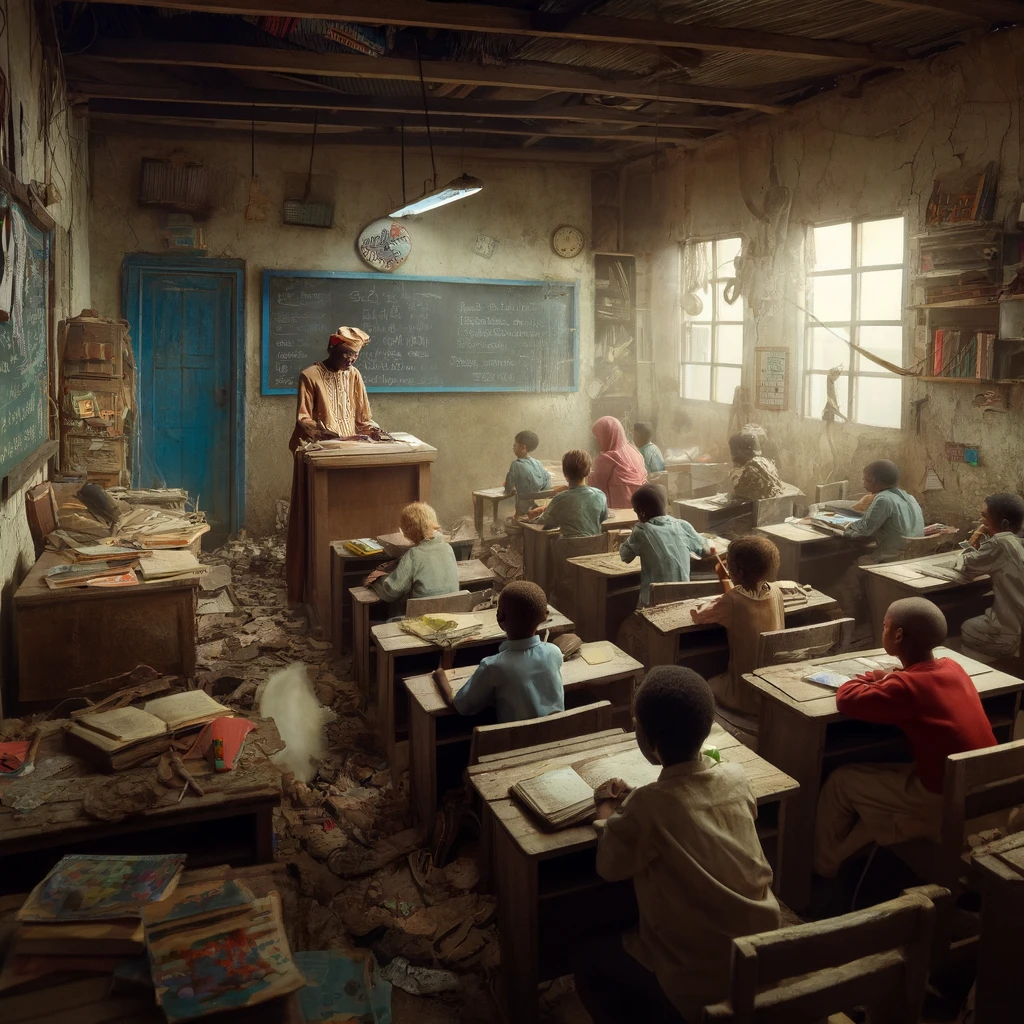
Children from low-income families face significant educational barriers from an early age. Schools in poorer areas frequently lack the resources of those in wealthier districts — from extracurricular activities to advanced placement courses. This educational disparity sets a foundation that can affect them throughout their lives, perpetuating a cycle of poverty.
7. The Burden of Debt

Financial instability often forces those below the poverty line to rely on high-interest loans, payday advances, and credit cards for everyday expenses. This debt can become a burden that is almost impossible to escape, consuming a significant portion of their already limited resources and limiting their ability to save for the future.
8. Transportation Challenges
Without reliable transportation, daily tasks like commuting to work, shopping for groceries, and attending medical appointments can become monumental challenges. Public transportation may be limited or non-existent in poorer areas, and owning a vehicle is often beyond financial reach, limiting job opportunities to local or poorly paid positions.
9. Less Access to Mental Health Services
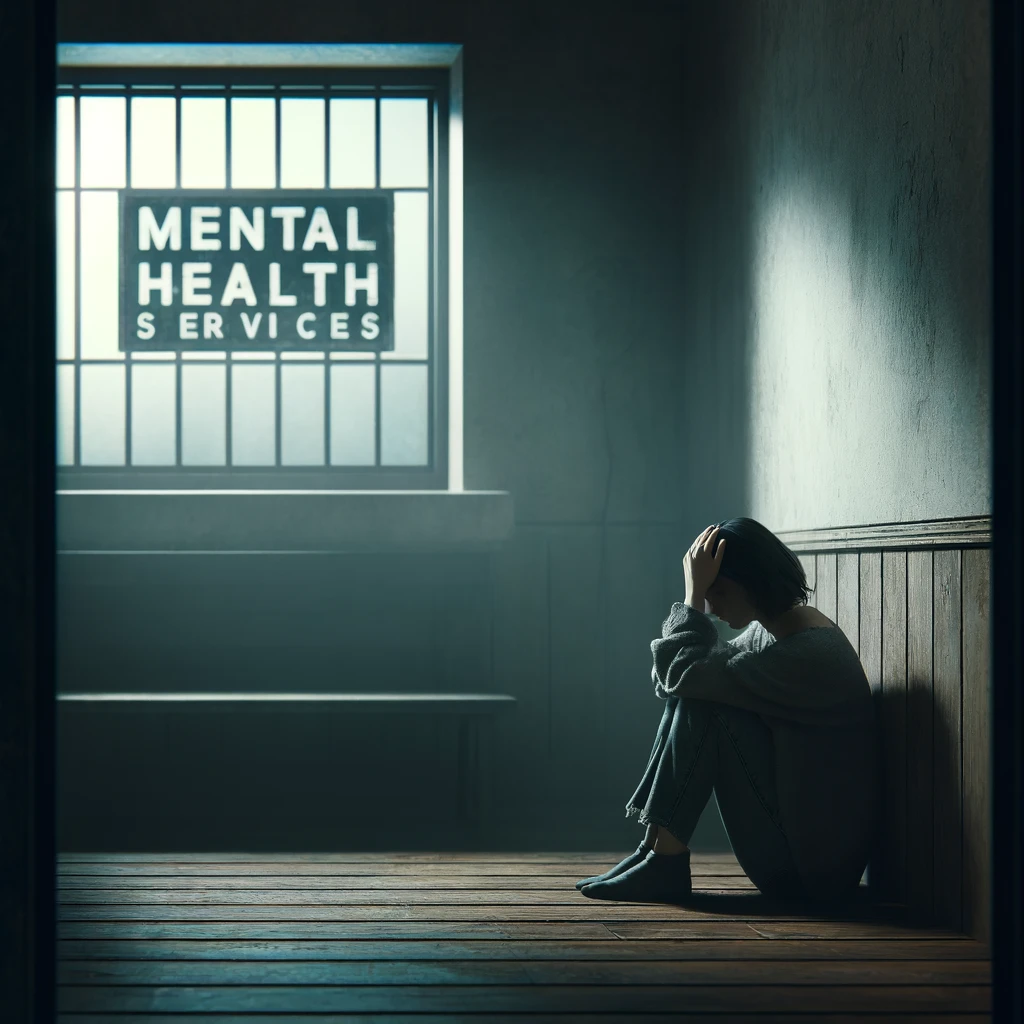
Mental health services are often considered a luxury for those living below the poverty line. With the overwhelming costs of mental health care and a lack of insurance coverage, many suffer from untreated mental illnesses, which exacerbates the difficulty of improving their personal and economic situations.
10. Energy Poverty

Energy poverty is seldom discussed but widely experienced by low-income families, who often have to choose between heating their homes and other essential expenses like food and medicine. This choice can lead to unsafe living conditions and severe health problems during extreme weather.
11. Lack of Emergency Savings

Living paycheck to paycheck, most low-income families lack the savings necessary to cover an unexpected expense. This financial vulnerability means that a single unforeseen event, like a car repair or medical emergency, can plunge them into crisis.
12. Barriers to Childcare
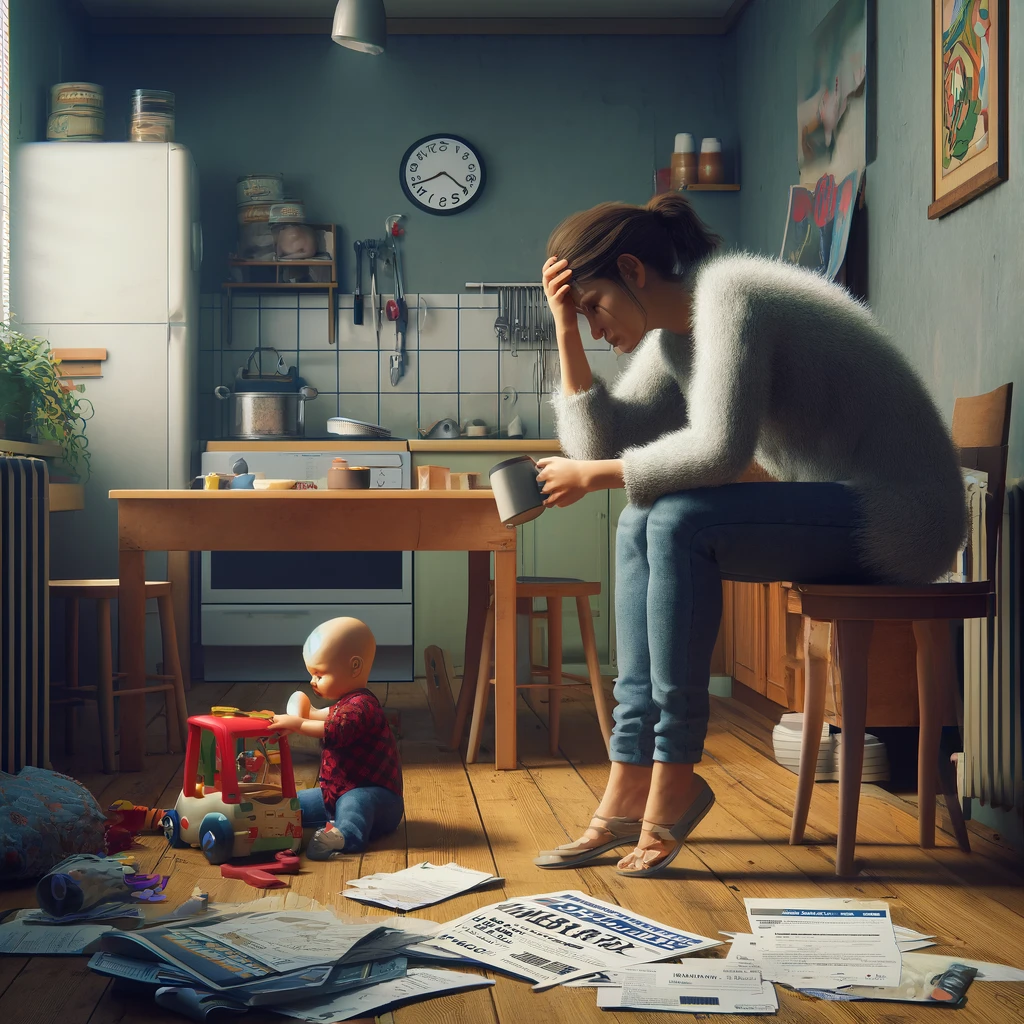
Access to affordable childcare is a significant barrier for low-income workers, particularly single parents. The high cost of childcare can consume a substantial portion of their income, sometimes forcing them to remain out of the workforce, which further entrenches poverty.
13. Reduced Social Mobility
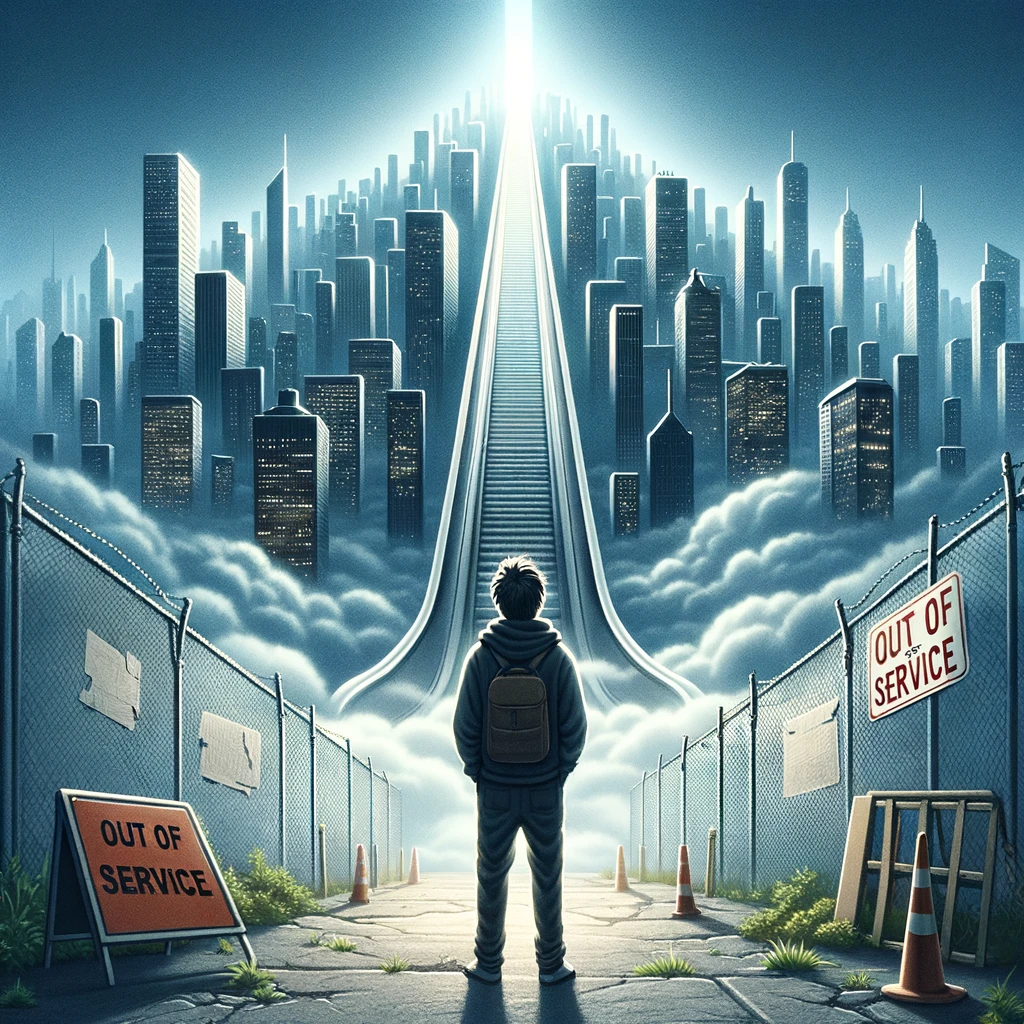
The myth of the “self-made” individual often ignores the systemic barriers that those born into poverty face. Limited access to resources like quality education, influential networks, and capital restricts their opportunities for upward mobility, often locking families into cycles of poverty.
14. Environmental Injustices
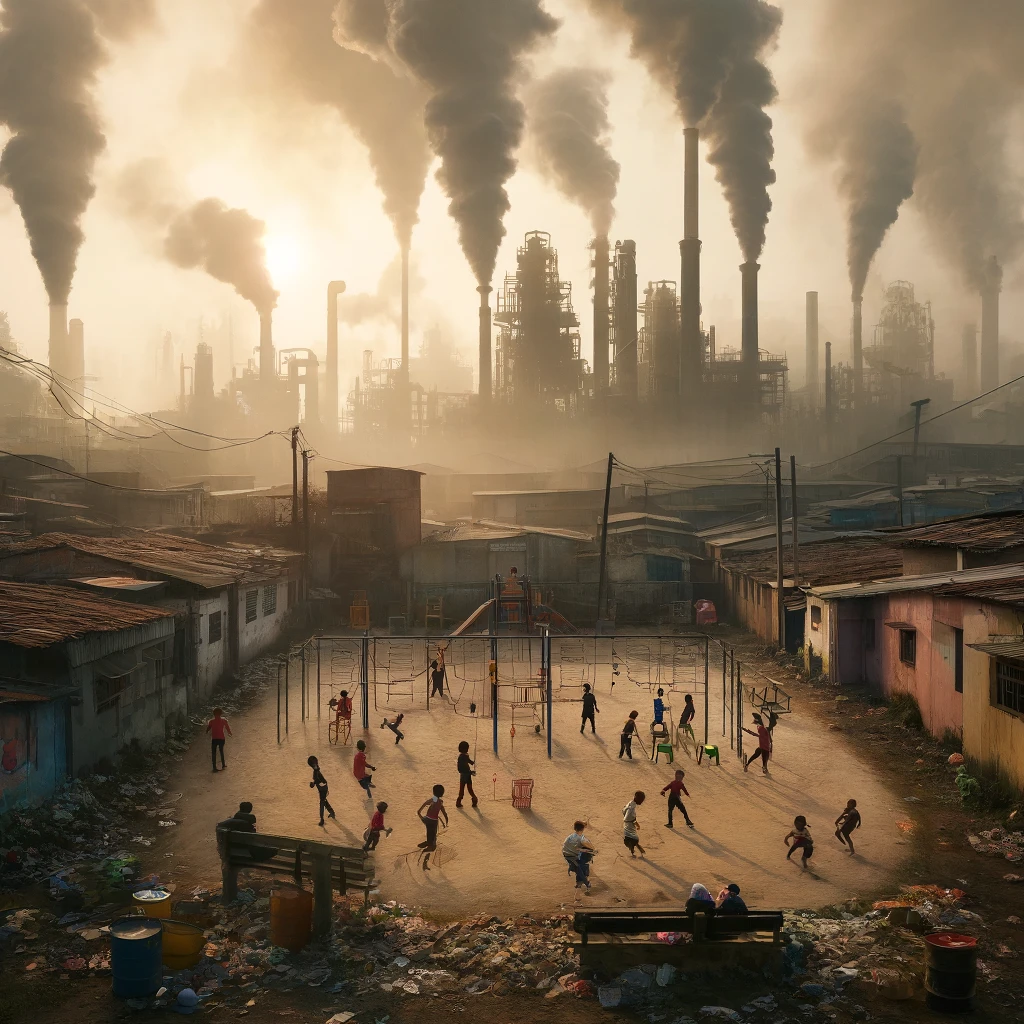
Low-income communities often bear the brunt of environmental injustices, living in areas with higher pollution and lower water quality. These conditions can lead to health problems and reduced quality of life, yet are frequently overlooked in environmental policy discussions.
15. Cultural Exclusion
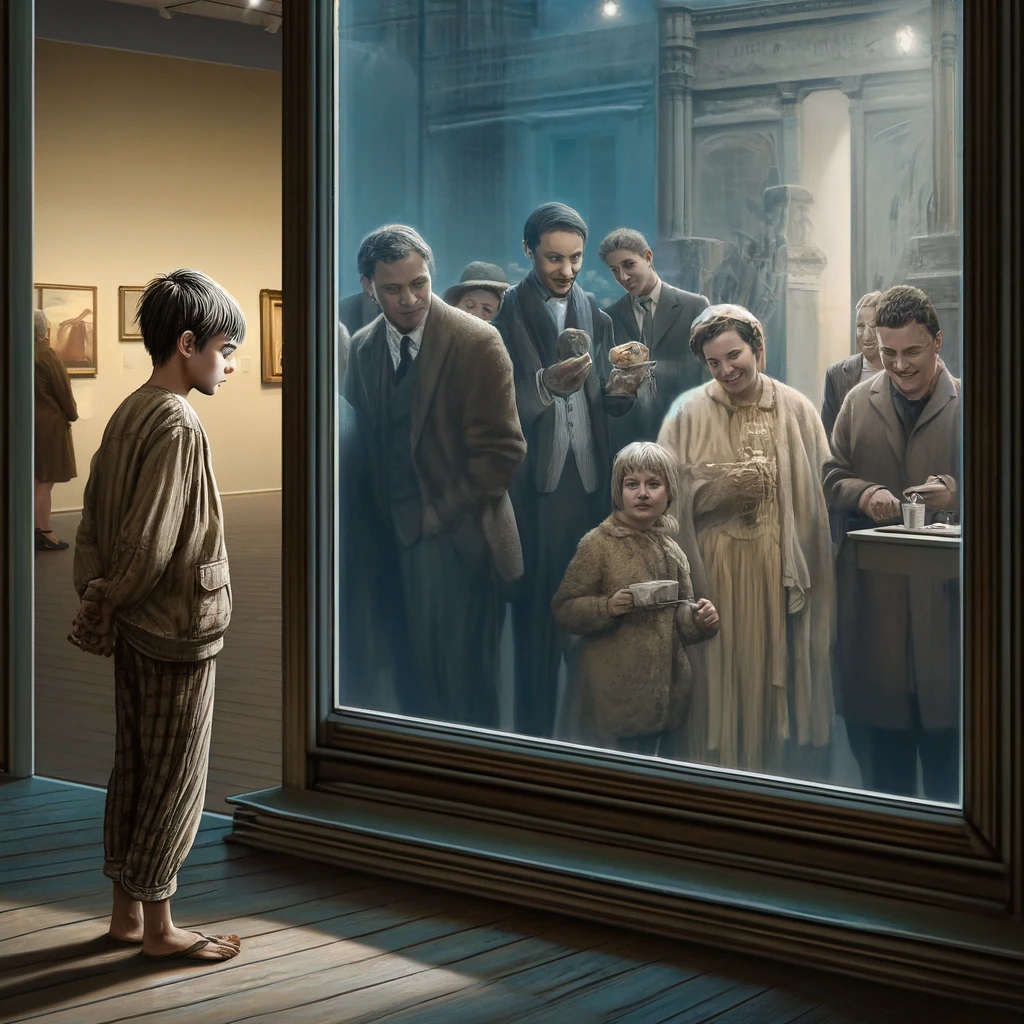
Finally, poverty can lead to cultural exclusion, where individuals miss out on enriching experiences like visiting museums, attending concerts, or traveling. These cultural experiences are not just leisure activities but are also vital for personal development and social inclusion.
Challenges of Being Below the Poverty Line
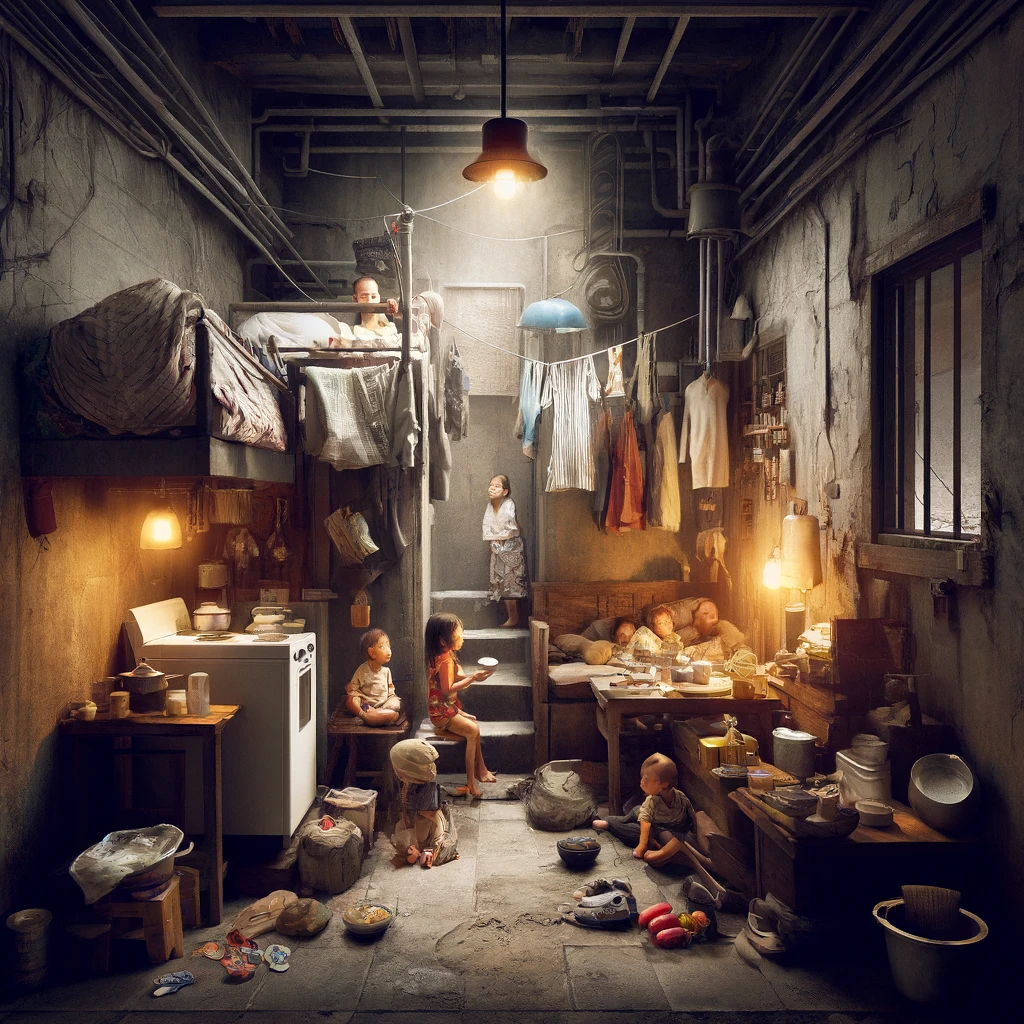
Each of these unspoken realities highlights the multifaceted challenges faced by those living below the poverty line in wealthy societies. Addressing these issues requires a comprehensive approach that not only alleviates the symptoms of poverty but also dismantles the structures that perpetuate it.


